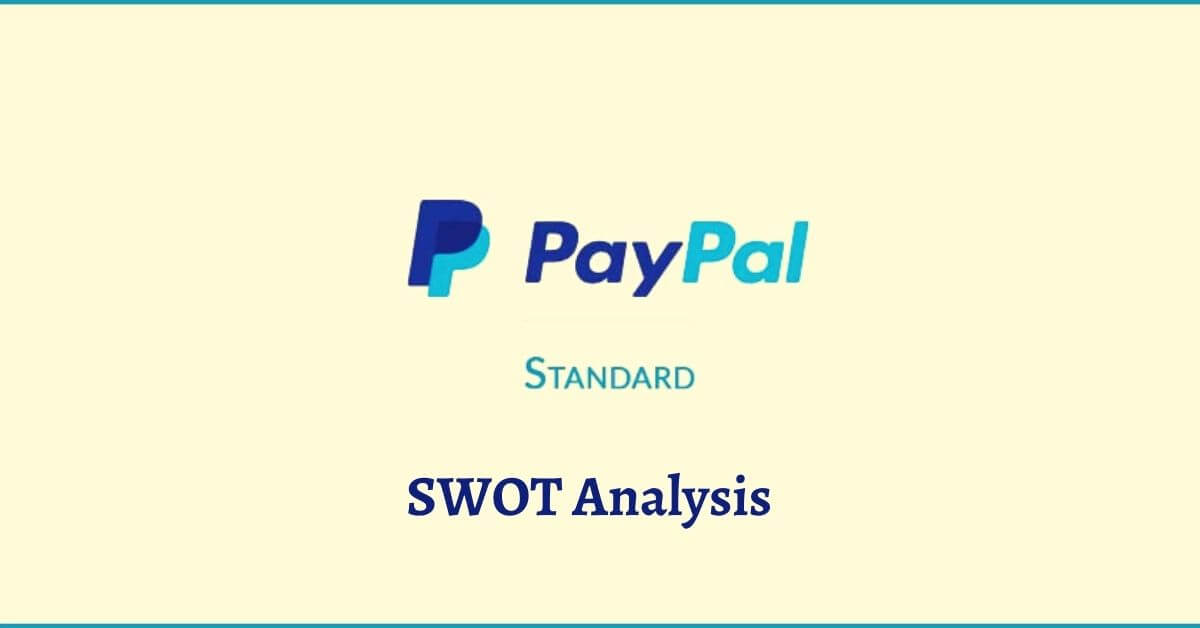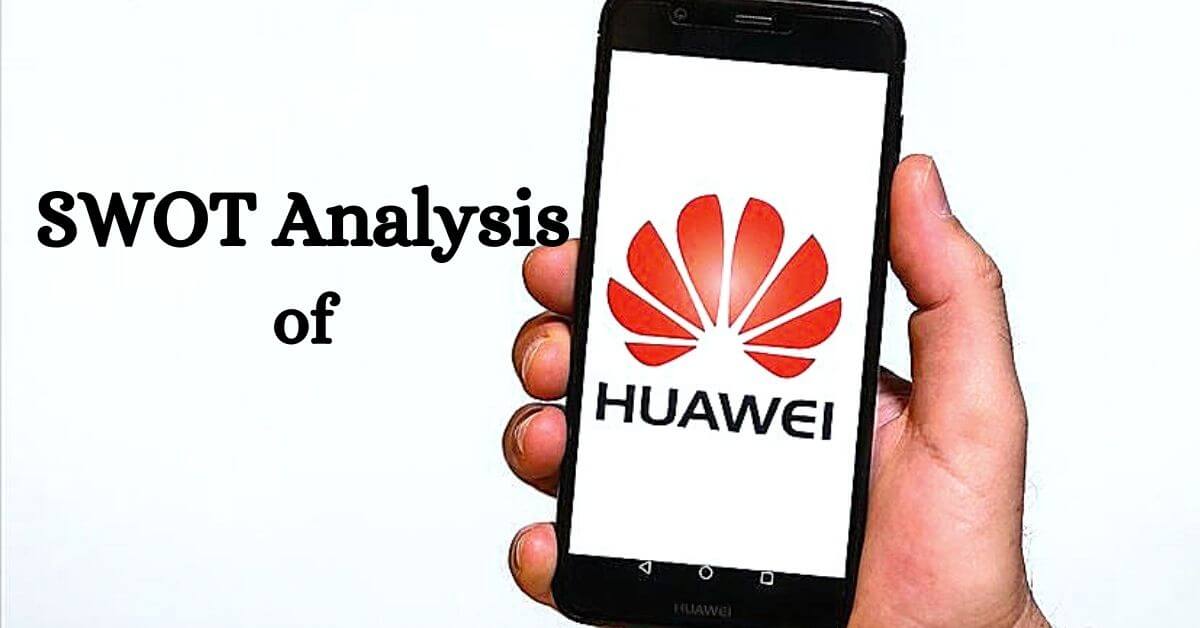SWOT Analysis of Louis Vuitton. Louis Vuitton is a luxury French fashion brand. Louis Vuitton laid the foundation of the fashion brand in 1854. The headquarter of the luxury fashion brand is in Paris, France.
Some of the main products and services of Louis Vuitton are as follows;
- Jewelry
- Watches
- Shoes
- Ready-to-wear
- Accessories
- Handbags
- Books
- Sunglasses
- Perfumes
- Leather goods
Key statistical facts and figures about Louis Vuitton are as follows;
- The annual revenue of the luxury fashion brand in 2022 was 79.2 billion Euros
- its growth rate was 77%
- The net profit of the company was 14.084 billion Euros
- Approximately 160,000 people are working for the company to manage its worldwide operations
Some of the top competitors of Louis Vuitton are as follows;
- Zara
- Dolce & Gabbana
- Valentino
- Fendi
- Versace
- Cartier
- Hermes
- LVMH
- Gucci
- Dior
- FarFetch
Today, we’ll discuss the swot analysis of Louis Vuitton. It is going to focus on the internal strengths and weaknesses; external opportunities and threats to the luxury fashion brand. Here’s the swot analysis of Louis Vuitton as follows;
Strengths of Louis Vuitton
Some of the main strengths in the swot analysis of Louis Vuitton are as follows;
Premium Quality
When it comes to shopping for luxury products and goods, people want quality and style. In fact, they are willing to spend and pay premium prices for premium quality luxury items. This is one of the key strengths of Louis Vuitton producing premium quality products for the status-conscious and premium customers.
Experienced Fashion Brand
Louise Vuitton is a well-experienced fashion brand and the company is operating its business in the luxury fashion industry for the past more than 160 years. The company has observed ups and downs in the fashion industry and the brand knows how to predict the right fashion trend for the mass audience.
Large Network
Louis Vuitton has a network of more than 500 fashion retail stores and malls in over 50 countries across the world. The fashion brand has got 110 production and manufacturing facilities and units all over France. The great network helps the strengthen its market position and allows customers to visit its stores now and then.
Collaborative Approach
Louis Vuitton collaborates with leading fashion designers and takes advantage of their expertise in upcoming fashion trends. When it comes to the marketing and promotion of fashion products, the luxury brand employs sports icons, models, and celebrities for the promotion of its products and services.
Customized Offer
One of the other key traits of Louis Vuitton is that the fashion brand produces customized luxury products for a few elite and wealthy customers. Limited customized and personalized service helps the company stand out from the competitors. In fact, it allows the company to target only a few wealthy and elite clients.
Recognized Brand
Louis Vuitton is a well-recognized luxury fashion brand and the company has established a strong brand perception in the fashion industry all over the company. In fact, the luxury brand has got a loyal database of customers and they are willing to buy LV products.
Weaknesses of Louis Vuitton
Some of the main weaknesses in the swot analysis of Louis Vuitton are as follows;
Limited Distribution Network
Louis Vuitton has got a very limited supply chain and distribution network. It limits the company’s capability to launch its products only in its retail stores. Customers can’t buy Louis Vuitton products and goods outside of its stores.
Weak Online Store
Louis Vuitton has got a very limited and small online and e-commerce presence. It means that the luxury brand is not taking advantage of the growing online shopping trends. It is limiting the company’s growth and capabilities.
Highly Expensive
The price of ordinary and basic items of Louis Vuitton is roundabout 1500 USD. Such a price range makes it nearly impossible for ordinary and middle-income shoppers to buy things from Louise; because they can’t afford them.
Japanese Market
Japan is the major market of Louis Vuitton. Approximately 85% of Japanese women buy luxury and fashion products from LV because it offers them quality and status. It reduces the company’s capability to go offer its products there.
Opportunities for Louis Vuitton
Some of the available opportunities in the swot analysis of Louis Vuitton are as follows;
Growth of Fashion Items
The per capita income of various developed countries is increasing for the past few years. It means that people have got more disposable income, and such people are the potential customers of Louis Vuitton. They would be willing to spend on luxury fashion products.
Luxury Industry
The market worth of the global luxury industry is roundabout 42 billion USD, and its growth rate is more than 4%. It presents a great opportunity for luxury fashion to keep expanding and growing its business in the fashion industry.
New Products
Speaking of growth and expansion, Louis Vuitton should expand its product portfolio by launching new products and services in different categories. It would help the company to target a wide range of demographics and expand its market share.
Joint Venture
Louis Vuitton should collaborate with various fashion brands or work on any joint venture; it would help the company to share expertise, ideas, and technology. It would help the company to develop something new and completely different.
Threats to Louis Vuitton
Some of the potential threats in the swot analysis of Louis Vuitton are as follows;
Highly Exclusive
Louis Vuitton is a highly exclusive premium brand for the specific elite and wealthy status-conscious class. It limits the growth of the company because there are very few elite people in every country. However, it is not guaranteed that they would buy your products.
Counterfeit
Counterfeiting is a very common practice in the luxury fashion industry. Any small manufacturer could copy the design and style of Louis Vuitton and target customers, such practices could jeopardize the reputation of the company.
High Competition
The luxury fashion market has become highly competitive in recent years. There are various premium brands targeting wealthy customers, and their market presence has made it difficult for the company to expand its
Conclusion: Louis Vuitton SWOT Analysis Example Company
After an in-depth study of the swot analysis of Louis Vuitton; we have realized that Louis Vuitton is the world’s leading premium luxury brand. If you are learning about the business of luxury brand swot analysis, then you should keep in mind the abovementioned internal and external factors impacting the retail luxury company.

Ahsan Ali Shaw is an accomplished Business Writer, Analyst, and Public Speaker. Other than that, he’s a fun loving person.


